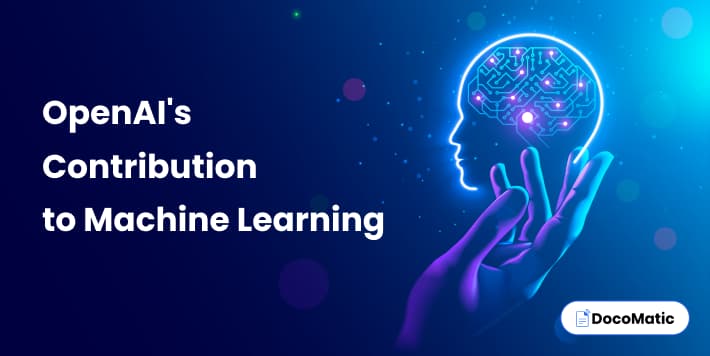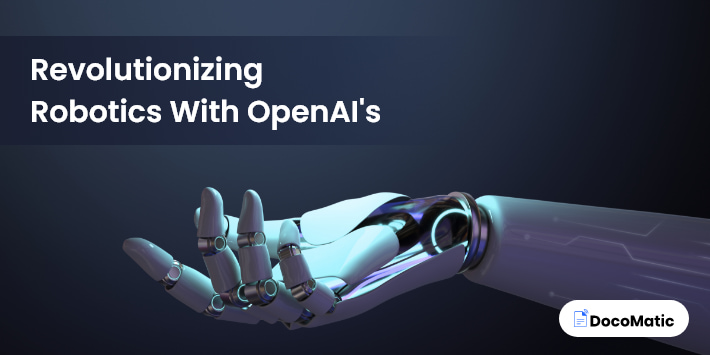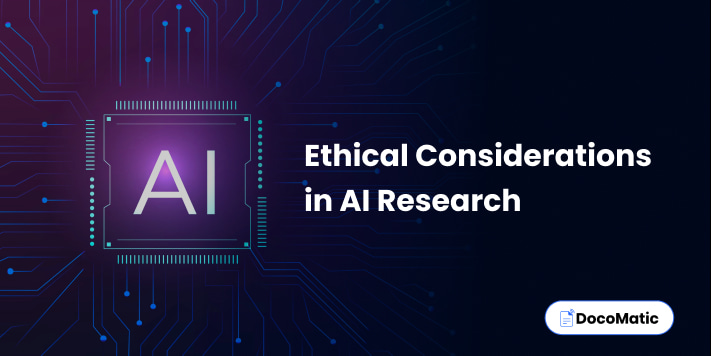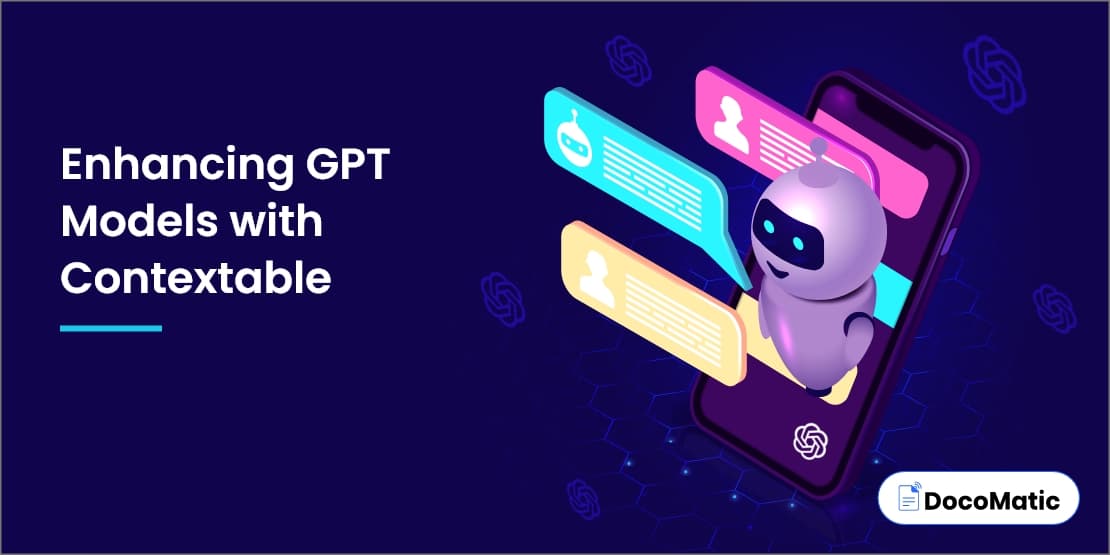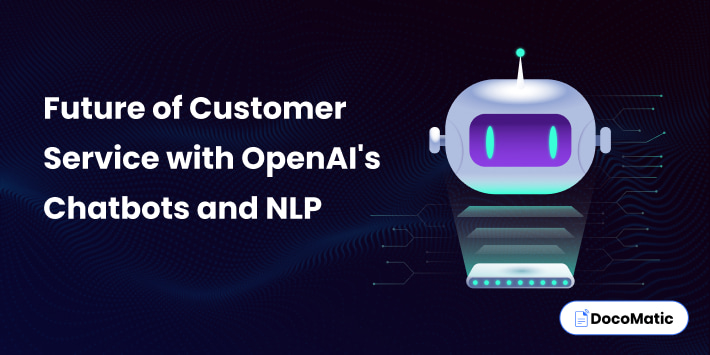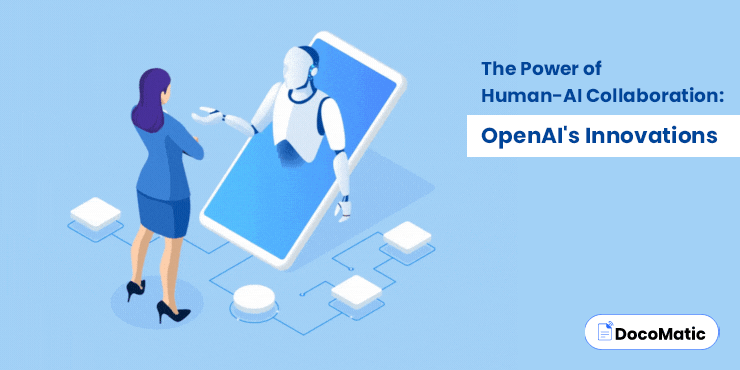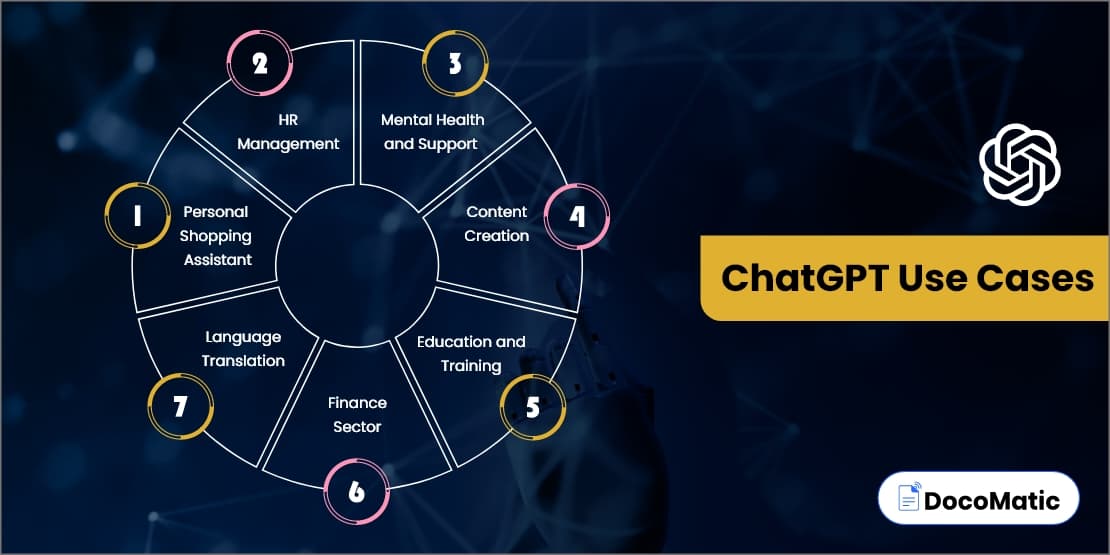Key Takeaways:
1. GPT-3 is powerful for NLP and machine learning.
2. OpenAI’s pre-trained models save time and resources.
3. OpenAI’s API enables easy machine learning model integration.
4. OpenAI’s tech can impact sectors such as healthcare, finance, and education.
“Businesses can unlock new opportunities, by leveraging advanced machine learning techniques, which can help them identify hidden patterns and relationships within their data.”
The global machine-learning industry is on a spike. As per the reports, the global machine-learning market was $21.17 billion. The CAGR of the same is about 38.8%, and its value is anticipated to reach almost $209.91 billion by 2029.
In this booming market, OpenAI is constantly on its toes to change the world of artificial general intelligence technologies. The research laboratory is developing advanced machine learning algorithms and models that are bliss for a variety of sectors, including healthcare, finance, and education.
Let’s look deeper into the blog and learn how OpenAI is revolutionizing the field of machine learning and how its contributions are making AI more accessible to developers and businesses worldwide.
Table of Content
Basics of Machine Learning
Machine learning is the field of computer science where algorithms are trained to make judgments or predictions based on past input data without being explicitly programmed. The basics of machine learning include supervised and unsupervised learning, neural networks, and deep learning. In essence, it is the process of instructing machines to learn from their mistakes and advance.
Image recognition is one of the common examples of machine learning. Here by feeding thousands of images labeled as “cat” and “not cat,” a computer can be trained to identify pictures of cats. The algorithm then learns to recognize characteristics of cats—such as their fur, ears, and eyes—that set them apart from other things. Once taught, the computer can use this information to correctly identify cats in previously undiscovered images.
The machine learning algorithms are basically categorized into three types:
- Supervised learning
- Unsupervised learning
- Reinforcement learning
Will understand them in detail in the next section.
Types of Machine Learning
Supervised learning
Under supervised learning, the algorithm is trained on labeled datasets which means that the data has already been categorized or classified. On the basis of the provided labeled data, the algorithm learns how to translate inputs to outputs. In other words, the algorithm learns to predict the output label for new inputs by being fed input features and their associated output labels.
Classification and regression are the other two subcategories of supervised learning.
- Classification: Under classification, the main goal is the prediction of categorial output. The machine must predict the most probable category, class, or label for new examples. For instance, given a dataset of images of fruits labeled as either “apple” or “orange,” the algorithm can learn to classify new images of fruits as either “apple” or “orange.”
- Regression: Under regression, the goal is to predict the continuous output. The algorithm can learn to forecast the price of a new home based on features like location, square footage, and the number of bedrooms given a dataset of housing prices.
Unsupervised learning
In unsupervised learning the data has neither been classified nor categorized. It is completely the unclustered set of data on which the algorithm is taught. On the basis of these unlabelled datasets and unclustered data, the algorithms recognize the patterns and relationships to generate an effective output.
Because of its ability to identify similarities and dissimilarities, it is one of the ideal solutions for
- Data analysis
- Cross-selling strategies
- Customer segmentation
- image recognition.
Reinforcement learning,
Unlike supervised learning, and in absence of trained datasets, algorithms in reinforcement learning are bound to learn from the experiences. In reinforcement, algorithms learn from the outcomes and then decide which action to take. The reinforcement learning process involves adopting the most suitable option for a specific situation, ultimately maximizing the chance of getting rewards.
OpenAI’s Role in Revolutionizing Machine Learning
OpenAI has attained an edge-cutting position as the research organization after developing artificial intelligence and machine learning-based technologies. By developing the GPT series OpenAI has contributed immensely towards machine learning models. Among all the GPT series, the recent development of GPT-3 is a third-generation machine-learning model that can produce human-like text. It can even respond to queries and carry out a variety of other language-related tasks. It has deep neural networks with more than 175 billion parameters and has been trained on 499 billion tokens.
ChatGPT, DALL-E, and CLIP are such models that are based on artificial intelligence technology powered by OpenAI.
How does GPT work?
175 billion machine learning parameters are simply larger than its predecessors which are the previous large languages models like Bidirectional Encoder Representations from Transformers (BERT) and Turing NLG. Let’s see how GPT-3 works benefiting mankind:
- GPT-3 is a language learning model that has neural network machine learning capabilities.
- The model is trained on a significant amount of data and can generate any type of text.
- It requires a small amount of input to generate a large amount of relevant and sophisticated human-like text.
- The model receives a prompt as input text and then produces a continuous response or output text using its trained information.
- GPT-3 can be used for a variety of natural language processing (NLP) tasks, which includes language translation, text-summarization, text classification question answering, and even creative writing.
Use Cases of GPT-3
You might be amazed to know in what other ways GPT can be used. Have a look at the following use cases by GPT-3:
- For creating memes, recipes, quizzes, articles blog posts, and advertising copy.
- For automating conversational tasks, responding to any text that a person types into the computer with a new piece of text relevant to the context.
- For performing sentiment analysis.
- For designing poetry or a music piece.
- For extracting information from legal contracts, books, or videos.
- For writing rite boilerplate code.
- To find bugs in existing code.
Practical Implementations of OpenAI’s Machine Learning Algorithms in Various Industries.
The machine learning methods developed by OpenAI are useful in numerous fields. Here are a few instances:
- Healthcare: Diagnosis can be effectively and easily made using ML-enabled tools and technologies. For instance, machine learning algorithms can better understand the pattern and recognize diseases fastly as compared to humans. The drug discovery process can also be boosted using deep learning techniques. A GPT-enabled chatbot helps in many ways to healthcare businesses.
- Finance: Fraud detection is one of the major sectors that gets leveraged by highly trained machine learning algorithms. On the basis of large trained datasets, these models can identify unusual patterns and can detect anomalies easily. Also, complex decisions and accurate predictions can be cost-effectively made in this GPT-enabled chatbot-based world.
- Retail: OpenAI’s large language models can produce product suggestions that are customized for each individual customer. This can help retailers increase sales revenue, drive more sales, and smoothen the customer experience.
- Manufacturing: Predictive analysis, quality control, supply chain management as well as process optimization are some of the areas where manufactures get benefited from using machine learning tactics. Inefficiencies and areas of improvement can easily be identified using fast and accurate algorithms optimizing the manufacturing processes.
FAQs
Machine learning models are trained on a vast amount of data, in order to understand and recognize patterns between input and output so that they can effectively generate or predict the results. To conclude, algorithms are taught to spot patterns in data and then base predictions or decisions on those predictions or decisions.
Be it natural language tasks, enhancing computer vision, or reinforcement learning, OpenAI has made the possible efforts it can make toward machine learning. Some of the ways where OpenAI has immensely impacted machine learning are:
- Introducing the GPT series, a large language model that can generate human-like interactions.
- DALL-E which generate images from the text description.
- CLIP which can easily classify images from the content.
Companies can use OpenAI’s machine learning models to
- Streamline business processes.
- Enhance complex decision-making tasks.
- Identify unusual patterns or anomalies.
- Fraud detection.
- Automating routine tasks.
- Improve customer service helping to generate positive user feedback.
- Create strong and targeted marketing campaigns.
Some of the common challenges being faced in implementing machine learning are:
- Gathering high-quality and useful data to train or fine-tune the model,
- Choosing appropriate algorithms for the task to get desired output,
- Ensuring the model’s accuracy and reliability with proper data security.
Conclusion
Adopting machine learning tactics in your business can actually revolutionize the way you are working. The trained datasets and the structured algorithms can do complex tasks, prompt decision-making, and predict accurate results in no time.
The significant contributions of OpenAI have made it easy for businesses to get access to these edge-cutting technologies harnessing the power of AI.
So, what are you waiting for, start exploring the endless opportunities of machine learning and see what OpenAI has still something to offer.
